By Doug Ward
The fog that settled on the Lawrence campus Monday morning seemed all too fitting.
Classes officially resumed after an extended spring break, but Jayhawk Boulevard was mostly empty, as were the buses that passed by. Faculty and students alike ventured into a hazy online learning environment cobbled together with unseen computer chips and hidden strings of code. Even the most optimistic took slow, careful steps onto a path with an uncertain end point.

We’re all feeling disoriented in this virtual fog, and it’s especially important for instructors to keep students in mind. Many of them had already been trying to maneuver through the seemingly amorphous landscape of college after relying on a highly structured school routine for much of their lives. Now even the loose structure of campus life has been yanked away.
We can’t change that, but there are some things we can do to help students succeed in the shift to online learning. None of it is difficult, but all of it will be important in helping students adjust.
Create some structure. One reason those of us at the Center for Teaching Excellence, the Center for Online and Distance Learning, and Information Technology have been stressing the use of Blackboard is that it provides a familiar landscape for students. Blackboard’s two biggest strengths are consistency and security. You may not like that consistency — personally, I find it like working within an aging warehouse – but the familiarity of Blackboard can provide a sense of stability for students. They know where to find assignments and they know where to submit their work. Many of them also obsessively check their grades there. Even if you use other online tools, Blackboard can provide a familiar base in the freeform environment of online learning.
Follow a routine. A routine also creates structure for students. For instance, will your class follow a traditional week? Will the week start on Tuesday when you usually had class? Will assignments be due at what would have been class time, or later in the evening? There’s no right answer to any of those questions. The important thing is to follow a routine. Make assignments due on the same days and at the same time each week. Put readings, videos and other course material in the same place each week. Use the Blackboard calendar to list due dates or provide a list of due dates on the start page for your course.
Communicate often. Students are stuck at home just as you are, and they are without the visual and oral cues they rely on from their instructors. That makes it all the more important to communicate. Post announcements on Blackboard. Send email. Set up times when students can call you or reach you through Zoom or Skype. You don’t want to be annoying with constant messages, but you want to make sure students know they can reach you if they need you.

I have found that a weekly message to students can also help create routine. That weekly message reminds students that a new week has begun and that they need to be paying attention to a new set of assignments. I start by providing an overview of the readings, videos and other material students must cover for the week. I also list any assignments due that week and remind students of important due dates coming in the weeks ahead. Then I provide a bit of the unexpected. I share interesting articles, books, podcasts, photos, videos or websites I have found. Sometimes those are related to class material. Other times, they are totally random. My only criterion is that the material is interesting or entertaining.
Ask for their thoughts. More than ever, it is important to seek feedback from students. What is working in the class? What isn’t? Can they find the readings? Do they understand the assignments? Do they have ideas on how to make the class go more smoothly? Everything you are doing in a class may seem clear and logical to you, but students may be lost. So ask them what might help. Create a place on Blackboard for students to submit questions. Create a poll with Qualtrics.
I’ve created a discussion assignment each week on Blackboard where I ask students to share their observations about the switch to online learning. Many of my students are graduate teaching assistants, and I want a place where they can share their experiences with teaching online for the first time but also with how their students are responding to the changes. I’ve never tried anything like this before, so I’m not sure what to expect.
Amy Leyerzapf of the Institute for Leadership Studies has created a “self-care” area on Blackboard for the students in her freshman seminar. This includes a “self-care discussion forum and a collection of carefree bits and pieces, many of them from posts floating around on social media,” she said via email. It also includes links to online cultural sites like streaming opera, museum tours and webcams from zoos and aquariums. There are links to material about mental health resources, at-home exercise and meditation. Importantly, there’s a recipe for peanut butter cookies.
“I’m hoping that it will evolve as students contribute ideas via the discussion forum and I run across more nuggets,” Leyerzapf said.
It seems like a magnificent approach to helping students cut through the haze.
Doug Ward is the associate director of the Center for Teaching Excellence and an associate professor of journalism. You can follow him on Twitter @kuediting.






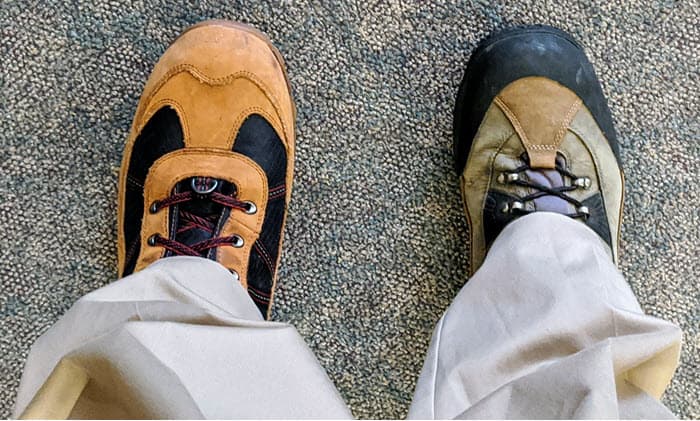
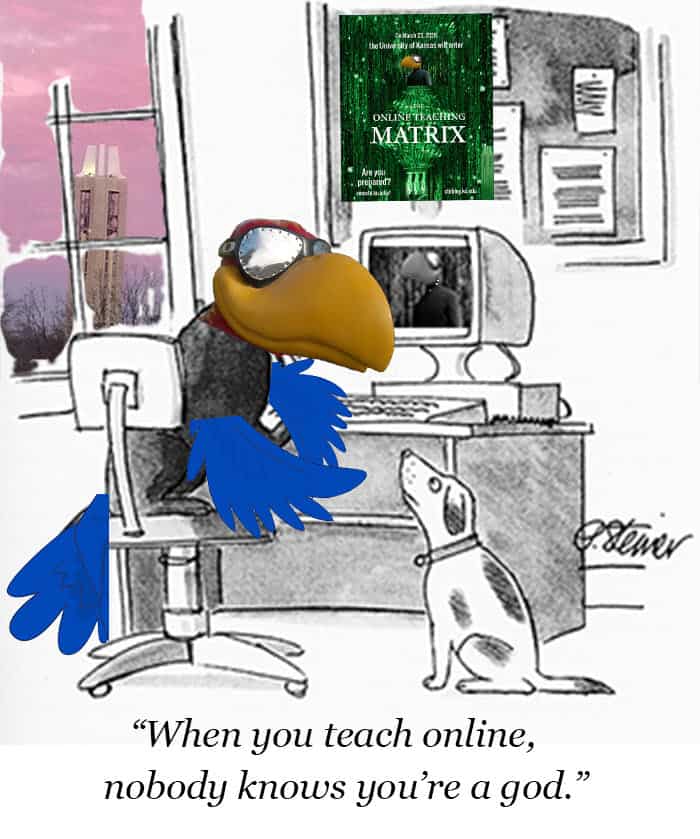
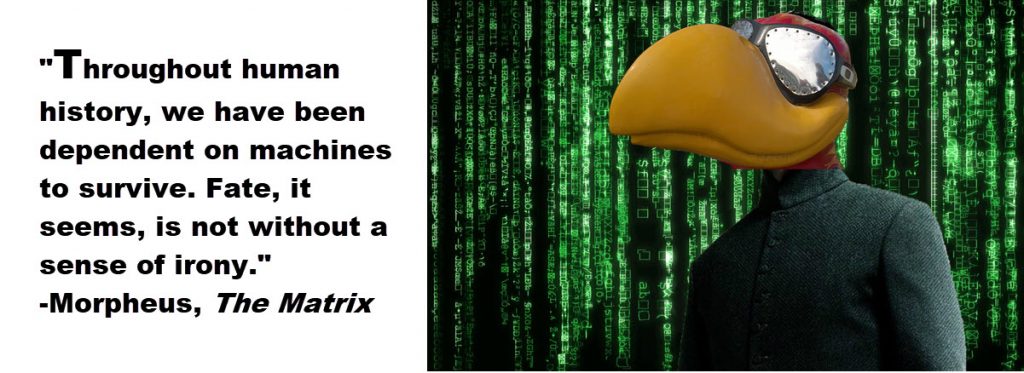

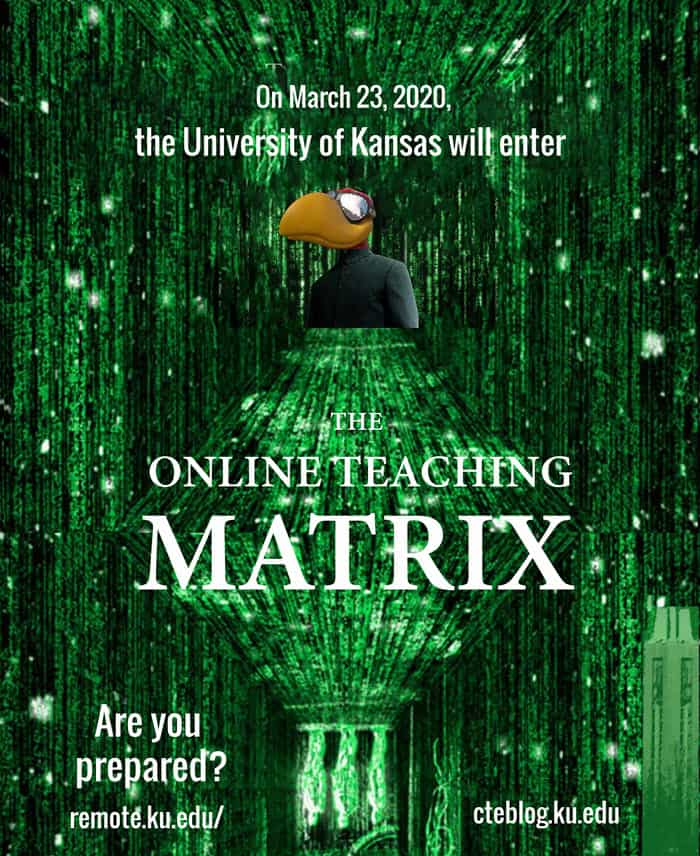
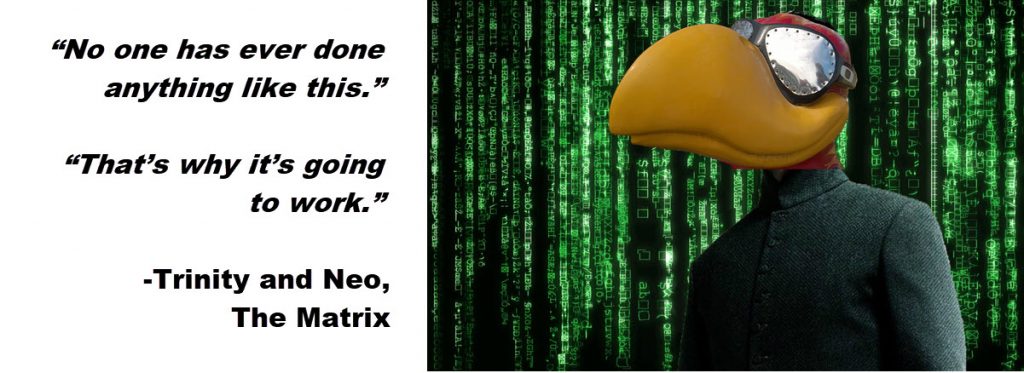
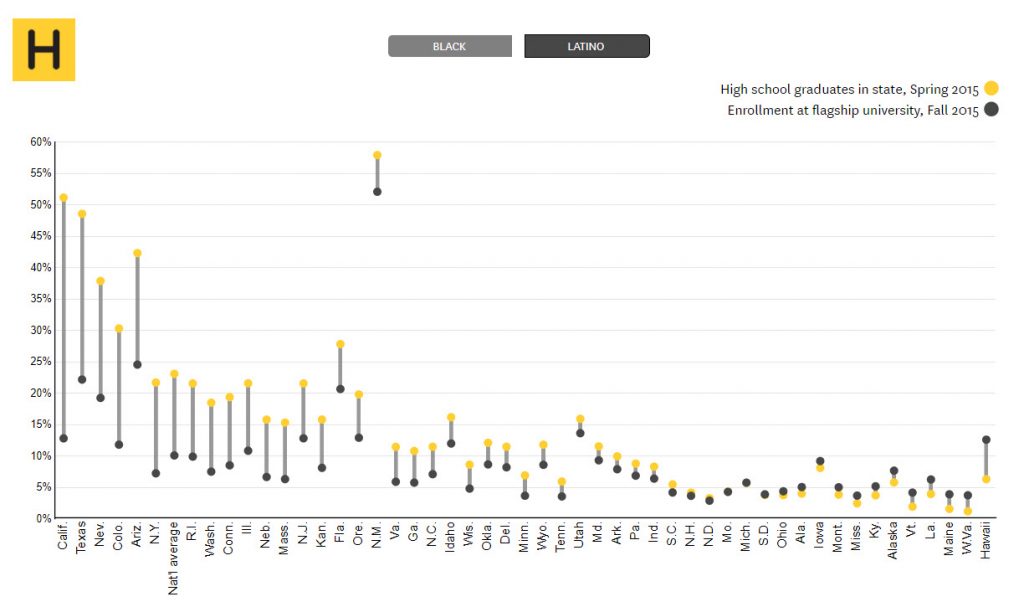

Recent Comments